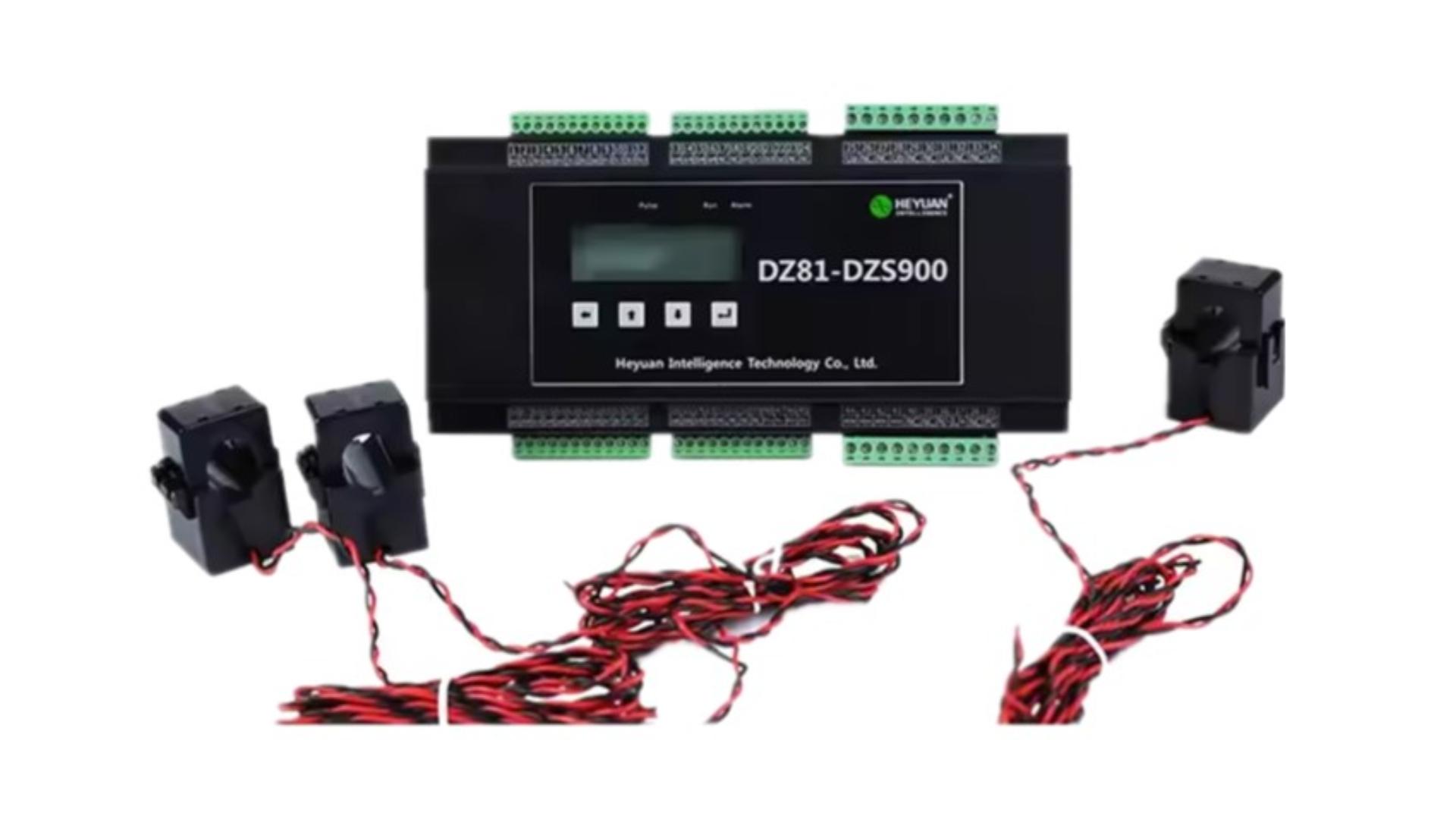
【Definition】
Overload refers to exceeding the rated load. Analogous to a truck, it can be understood as overloading. However, the difference is that the object of overload can be any participant in the electrical circuit. Sockets, wires, circuit breakers, etc., are all susceptible to overload.
Simply put, overload in a circuit means exceeding the designed capacity, while overload in an electric motor means exceeding its capability and forcing it to operate beyond its limits, commonly referred to as "using a small horse to pull a big cart."
【Hazards】
Electric Motor Overload:
When an electric motor operates in an overloaded state for an extended period, the motor current remains above the rated value for a long time. This causes the temperature of the motor windings and shaft to rise above the normal allowable levels, leading to severe heating of the motor. In severe cases, this can cause motor damage.
Long-term motor overload may lead to the following consequences:
Motor overheating, which reduces the insulation of the windings and ultimately leads to motor burnout.
Long-term overload operation of control components and circuits can cause the contacts of contactors and circuit breakers to overheat, reducing their lifespan. In severe cases, this can lead to contact burnout and subsequent single-phase operation of the motor, causing further damage.
Inverter-controlled motors may cause the internal power components to operate at full load, making them more susceptible to damage.
Long-term overload operation can cause the motor bearings to overheat, shortening their service life.
Low-Voltage Distribution Line Overload:
When low-voltage distribution lines operate in an overloaded state for an extended period, the lines will age prematurely. This not only leads to voltage issues but can also cause the entire distribution line to fail, resulting in widespread power outages and severely affecting daily life.
Damage to the insulation layer of electrical lines or equipment can cause nearby materials, such as damp wood, metal casings of electrical devices, and metal conduit, to become electrified, potentially leading to electric shock. In specific environments, this may also cause sparks, overheating, electrical arcs, and other electrical issues. If the grounding device does not meet requirements or the protective device is not properly designed, the overcurrent protection device may fail, leading to leakage current, electric shock, and even fire accidents, causing more severe losses.
【Prevention Measures】
Low-voltage distribution devices should not be operated beyond their rated load. Voltage and current indicators should be within the normal range. Electrical switches and sockets should be of qualified quality and should not be overloaded. For applications involving electric motors, proper selection is essential to avoid overloading due to insufficient capacity.
The cross-sectional area of conductors should be selected appropriately. When installing electrical circuits, it should be managed by electrical professionals, and strict regulations should be enforced to prevent unauthorized wiring and arbitrary increases in load.
Regularly measure and inspect the overload conditions of the lines. Suitable fuses and overload protection devices should be installed to cut off the power supply promptly when the line is severely overloaded.
As the load on the line increases, the conductor cross-sectional area should be upgraded in a timely manner to match the increased capacity. Alternatively, based on production processes and requirements, electrical loads should be reasonably regulated to avoid peak usage times or staggered to prevent overloading. To further prevent overloading, automatic switches can be installed for load protection.
Electrical circuits should be designed, installed, commissioned, used, and maintained strictly in accordance with the regulations of the "Electrical Design Code." The selection and installation of conductors and cables in electrical circuits should be based on the corresponding national standards, taking into account different working environments.
【Products】/【Case Studies】
Common circuit protection devices include fuses and circuit breakers. Electrical fire monitoring systems and intelligent electrical safety hazard supervision services are also widely used.
【Related Terms】
Electrical Overload
Line Overload
Motor Overload
Leave a Message
Your email address will not be published.
Posts
Products










